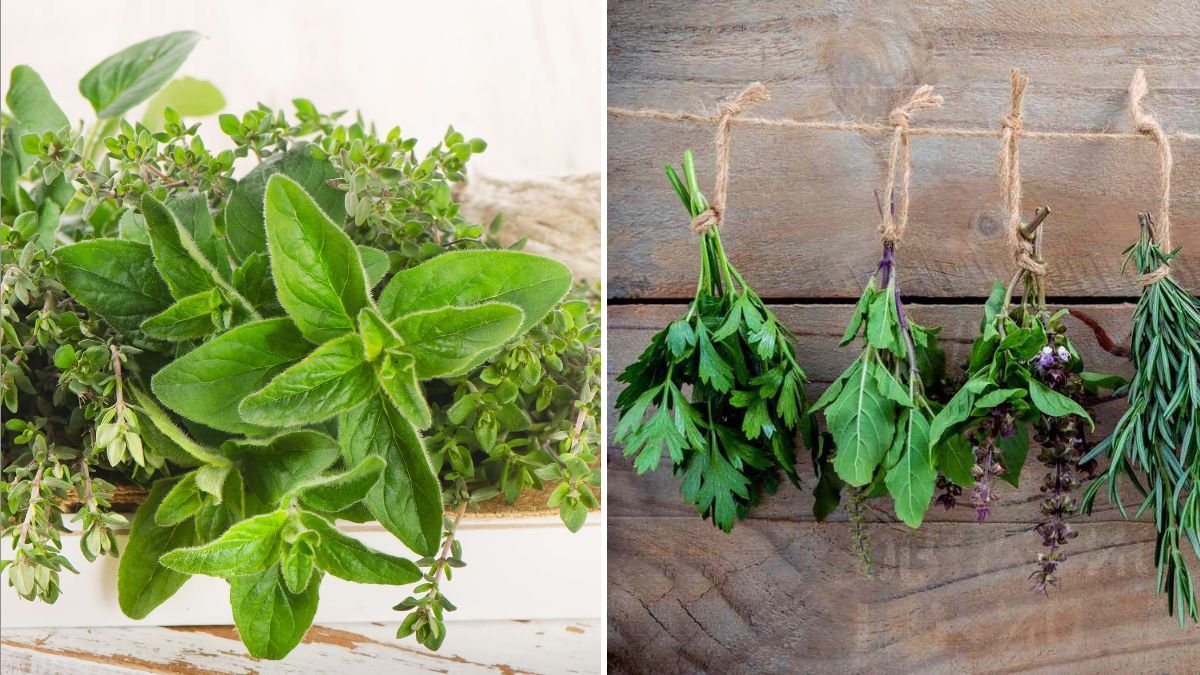Drying herbs is a time-honored method of preserving the fresh, vibrant flavors and aromas of your garden’s bounty for use all year round. While fresh herbs are delightful, dried herbs concentrate their essence, making them invaluable in cooking, teas, and medicinal preparations. However, drying herbs improperly can cause loss of flavor, color, and aroma — defeating the purpose of preserving them.
The key to drying herbs successfully lies in techniques that retain the maximum flavor, aroma, and color while preventing spoilage. In this article, we will explore the best practices, step-by-step methods, and expert tips on how to dry your own herbs without losing flavor.
Why Dry Herbs?
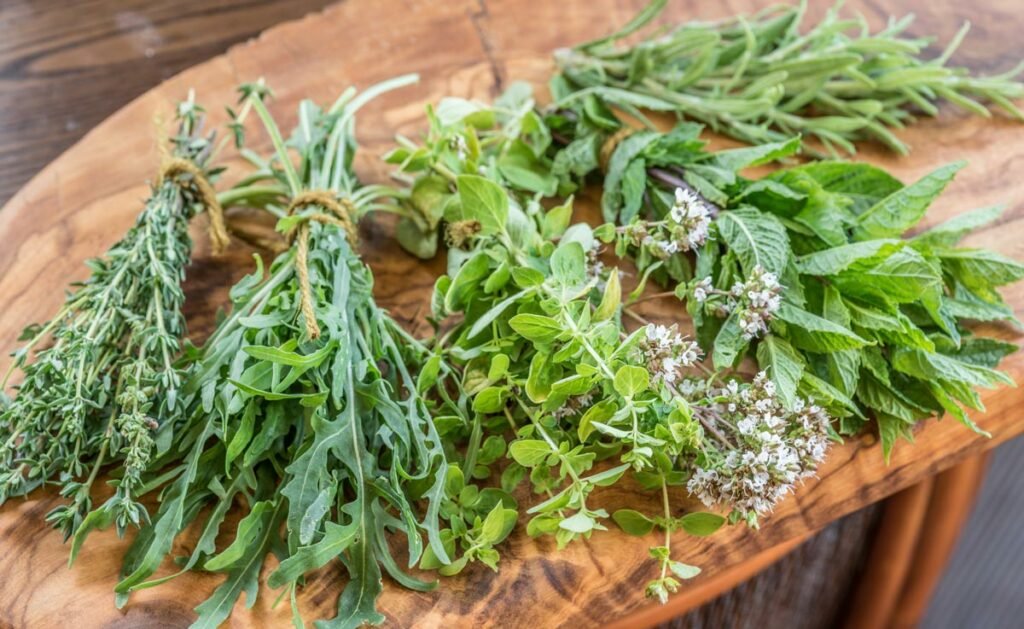
Before diving into drying techniques, it’s important to understand why drying herbs is so popular:
- Extended shelf life: Dried herbs can last 1-3 years if stored properly.
- Flavor concentration: Drying intensifies the herb’s essential oils, delivering more punch per pinch.
- Convenience: Dried herbs are easy to store, lightweight, and ready for use anytime.
- Preservation of harvest surplus: Drying allows you to save excess herbs from the garden.
But the process must be handled with care to avoid degrading those precious oils.
What Causes Flavor Loss During Drying?
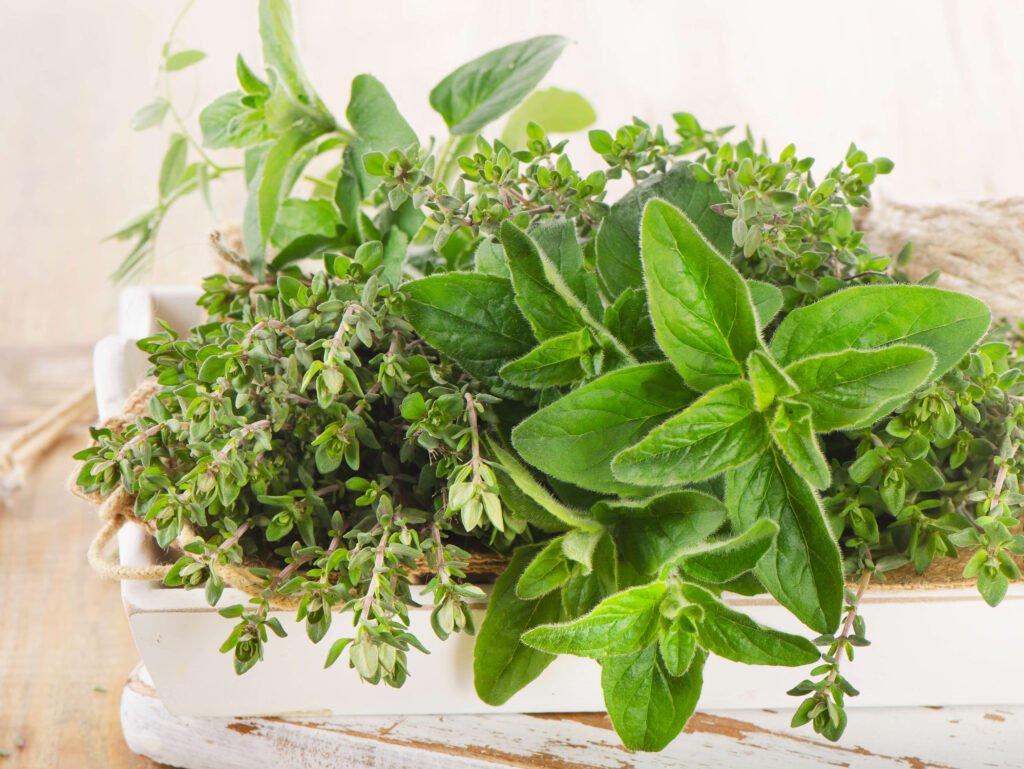
Several factors can lead to diminished flavor in dried herbs:
- Heat damage: High temperatures degrade essential oils.
- Prolonged drying time: Overly slow drying encourages mold and mildew, dulling flavors.
- Direct sunlight: UV rays break down chlorophyll and volatile oils.
- Poor storage: Exposure to moisture, air, or light after drying causes flavor loss.
To maintain flavor, drying methods should be gentle, fast enough to prevent spoilage, and shield herbs from harsh light.
Which Herbs Are Best for Drying?
Not all herbs dry equally well. Herbs with sturdy leaves and woody stems tend to retain flavor better than delicate leafy herbs.
- Best suited for drying: Rosemary, thyme, oregano, sage, marjoram, mint, savory.
- Can be dried but with care: Basil, parsley, dill, tarragon (may lose some flavor and color).
- Better fresh or frozen: Cilantro, chervil, chives, fennel fronds (more delicate and lose flavor quickly).
Preparing Herbs for Drying
1. Harvest at the Right Time
- Pick herbs early in the day after dew evaporates but before the sun’s heat hits peak.
- Harvest just before flowering, when oils are most concentrated.
- Avoid damaged or yellow leaves.
2. Clean Gently
- Rinse herbs briefly with cool water to remove dust and insects.
- Shake off excess water and pat dry with a clean towel or use a salad spinner.
- Ensure herbs are dry before starting the drying process to prevent mold.
Top Methods for Drying Herbs Without Losing Flavor
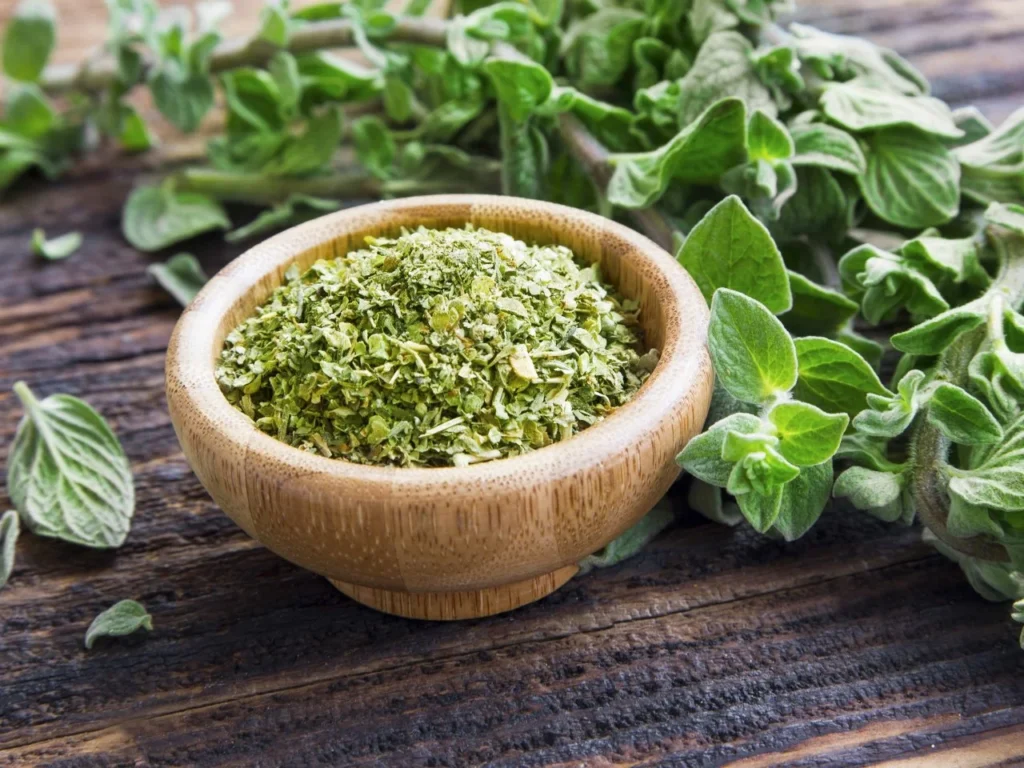
1. Air Drying (The Traditional Method)
Air drying is simple and gentle, ideal for herbs with low moisture content.
How to Air Dry:
- Gather herbs into small bundles (about 5-10 stems).
- Tie stems with twine or rubber bands.
- Hang bundles upside down in a warm, dry, well-ventilated area out of direct sunlight (like an attic, pantry, or shed).
- Allow herbs to dry for 1-3 weeks depending on humidity.
- Check frequently for mold or brittleness.
Advantages:
- Preserves flavor well due to slow, natural drying.
- No equipment needed.
- Good for rosemary, thyme, oregano, sage.
Tips:
- Avoid overcrowding to allow airflow.
- Avoid humid climates or use a dehumidifier.
2. Using a Dehydrator
A food dehydrator offers a controlled environment to dry herbs quickly and evenly.
Steps:
- Spread herbs in a single layer on dehydrator trays.
- Set temperature to 95°F to 115°F (35°C to 46°C) to avoid heat damage.
- Dry for 1-4 hours, checking periodically.
- Herbs are done when leaves crumble easily.
Advantages:
- Faster than air drying.
- Controlled temperature and airflow reduce risk of flavor loss.
- Suitable for most herbs, especially leafy types like basil and parsley.
3. Oven Drying
While not ideal due to risk of overheating, oven drying can work in a pinch.
How to Oven Dry:
- Preheat oven to the lowest setting (usually 140°F or 60°C).
- Place herbs in a single layer on a baking sheet lined with parchment.
- Leave oven door slightly open to allow moisture to escape.
- Check every 15 minutes; drying typically takes 30 minutes to 1 hour.
- Remove when herbs are dry and crumbly.
Caution:
- Watch carefully to avoid burning or flavor loss.
- Best for small batches.
4. Microwave Drying
Quickest but least common method; suitable for very small quantities.
Method:
- Place herbs between two paper towels.
- Microwave on high for 1-2 minutes in 30-second bursts.
- Check for dryness and crispness.
Drawbacks:
- Risk of overheating.
- Not suitable for large quantities or delicate herbs.
How to Store Dried Herbs to Preserve Flavor
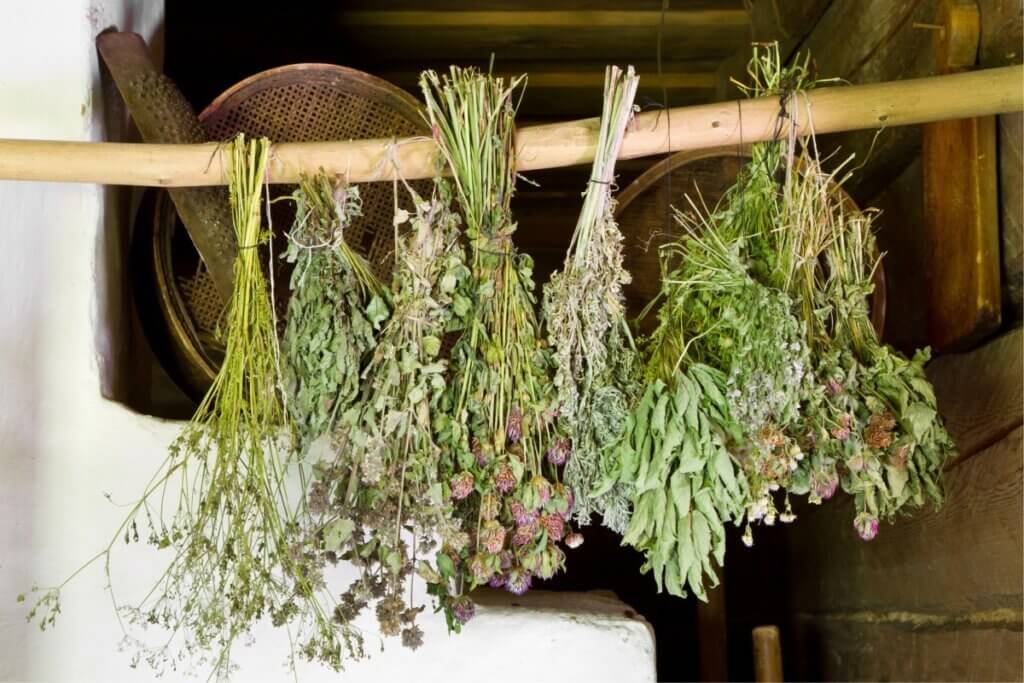
Proper storage after drying is just as important as the drying process itself.
1. Containers
- Use airtight glass jars, metal tins, or vacuum-sealed bags.
- Avoid plastic bags that can retain moisture and odors.
2. Environment
- Store in a cool, dark, and dry place (e.g., pantry or cupboard away from heat sources).
- Avoid sunlight exposure that degrades color and flavor.
3. Labeling
- Label jars with herb name and drying date.
- Use herbs within 1 year for best flavor.
4. Avoid Crushing
- Keep leaves whole until ready to use to preserve oils.
- Crush or grind just before cooking.
Reviving Dried Herbs for Maximum Flavor
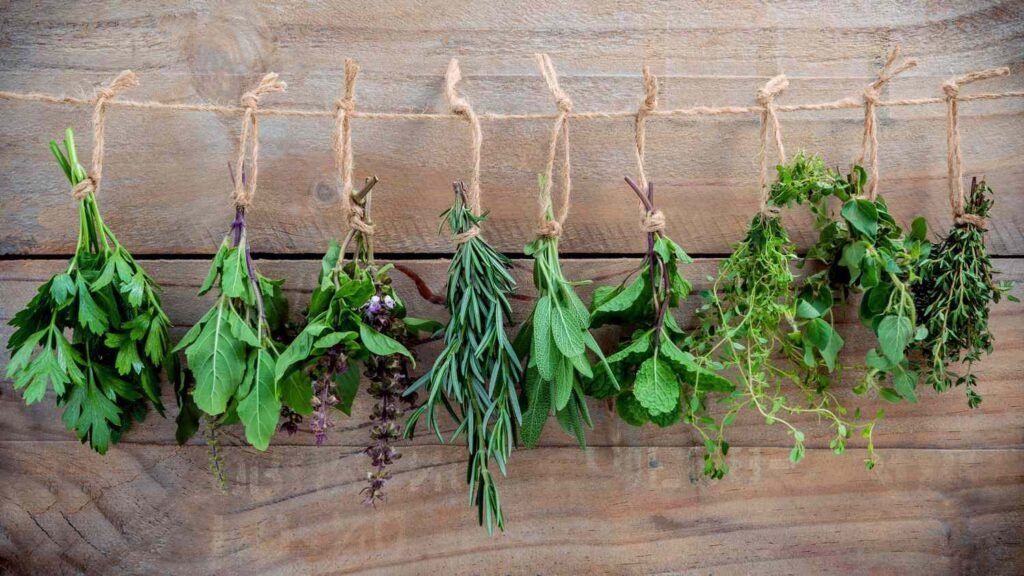
Dried herbs may lose some aroma but can be revived:
- Crumble dried herbs and gently rub between your fingers to release oils.
- Rehydrate by soaking briefly in warm water for recipes like sauces or soups.
- Use dried herbs earlier in cooking to allow flavors to develop.
Common Mistakes to Avoid When Drying Herbs
- Harvesting late or after flowering: Reduces flavor concentration.
- Drying in direct sunlight: Causes flavor and color loss.
- Over-drying: Herbs become brittle and lose aroma.
- Storing improperly: Exposure to moisture and light deteriorates quality.
- Not checking for mold: Can ruin entire batches.
Conclusion
Drying herbs is an excellent way to extend your garden’s bounty and enjoy fresh flavors year-round. The secret to drying herbs without losing flavor lies in careful harvesting, gentle drying techniques, and proper storage. Whether you choose traditional air drying, a dehydrator, or careful oven use, the key is controlling temperature and moisture while protecting herbs from light and heat.
